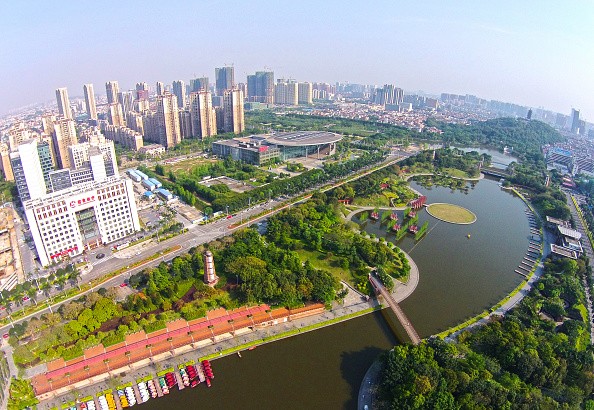Chinese cities may be able to maximize their growth if the government would manage rapid urbanization well, experts said in an article on todayonline.com.
The government must move quickly to cool China's property market to prevent a housing bubble and manage the development in the urban areas, according to Andrew Sheng, a professor at the Asia Global Institute at the University of Hong Kong and member of the UNEP Advisory Council on Sustainable Finance, and Xiao Geng, president of the Hong Kong Institution for International Finance and a professor at the University of Hong Kong.
This move does not only concern first-tier cities such as Beijing, Guangzhou, Shanghai and Shenzhen, where prices of residential homes have been under control, but other cities as well.
According to the two experts, authorities must look for a long-term solution to solve problems such as the lack of residential property while the demand is high.
They also urged the government to determine the proper balance between control and the market conditions, to properly guide and manage urbanization across the country.
The experts said that the pressure of rapid urbanization affects the top 100 of the 600 Chinese cities, where 714.3 million people lived. About 52.8 percent of the total population of Chinese people live in cities and they produced about 75.7 percent of the country's GDP in 2016.
Six of these 100 cities have posted a GDP growth of more than 10 percent last year, compared with the county's average of 6.7 percent. Some 82 of them also posted a GDP growth between 6.7 percent and 10 percent, which grew by about 6.7 percent or less.
From only 16 cities four years ago, there are now 33 cities with per capita GDP higher than $12,475, which are considered high-income status by World Bank standards.
Foshan's growth as an example
The two experts cited Foshan's growth, which evolved from a rural county into one of the dynamic cities of the country. Its per capita income reached $17,202 in 2016, compared with Beijing's $16,624 and Shanghai's $16,251.
While other cities are worrying about excessive debt, Foshan's loan-to-GDP ratio in 2011 was only 85 percent, lower than the national average of 121 percent.
The city's GDP growth, one of the fastest in the country, may be attributed to the active participation of its private sector which thrives by self-financing and not using debt. The city's fixed investment, which accounts for about 30 percent to 40 percent of GDP, was financed by the private sector.
Foshan's development strategy was anchored on placing the city within the supply chain of the Pearl River Delta. It has also developed its skills and capacity to become the largest lighting and furniture market in the world.
It has more than 30 specialized sectors made up of several small- and medium enterprises and private firms.
In the early 1980s, Foshan was among the first municipal government to establish enterprises in township and villages, and also first to try privatization. To promote private enterprise, the city supported skills training and built important infrastructure.
According to the experts, Foshan is proof that each city has a unique capacity to support growth by encouraging competition, innovation and upgrading of industries while tackling other social challenges posed by urbanization.



























